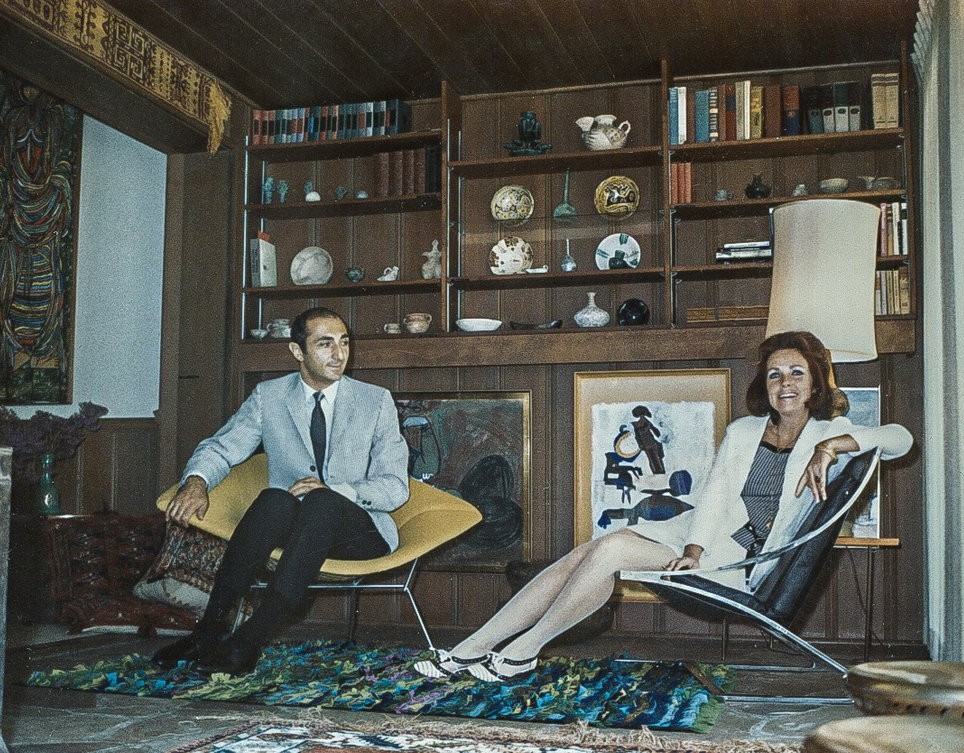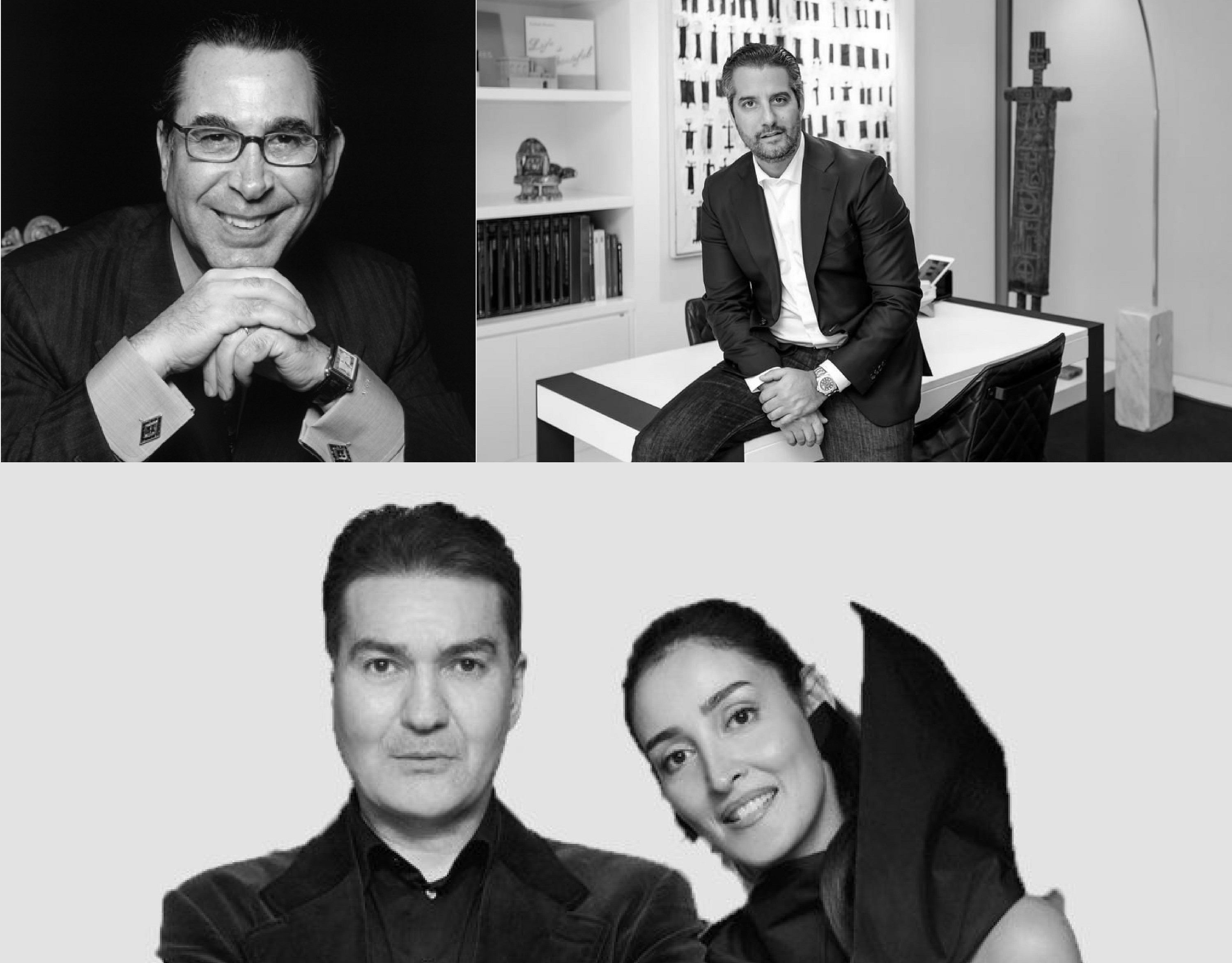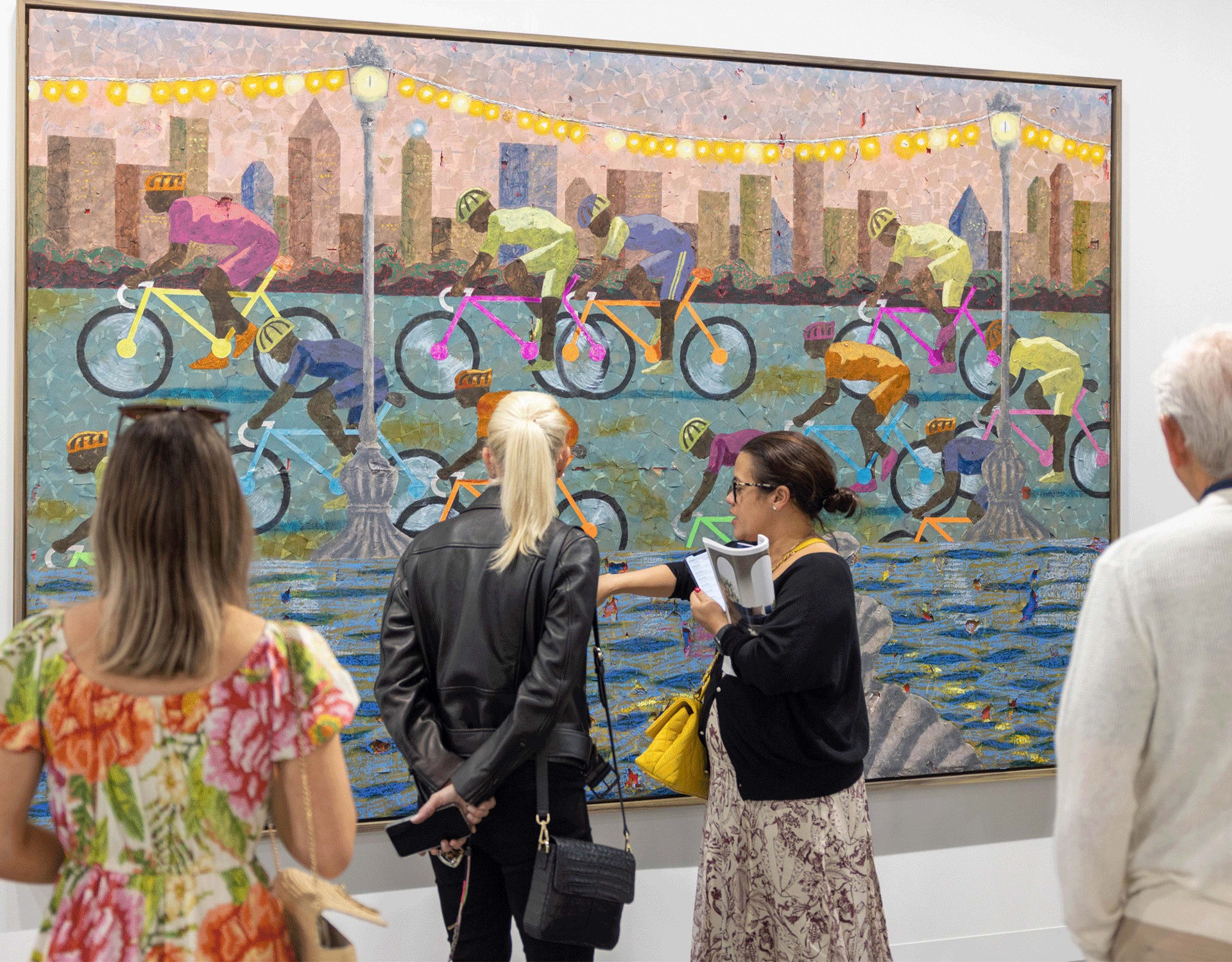This report by Artchart examines the behavioral patterns of Iranian art collectors and buyers, offering insights into their demographics, purchasing motivations, and market engagement. Based on an online survey conducted from January 18 to March 11, 2024, with responses from fewer than 50 active collectors and buyers, the study provides data-driven analysis on their preferences and concerns.
Key findings highlight that over half of the respondents belong to the millennial generation, with a majority residing in Tehran and holding higher education degrees. Most have been active in the art market for over a decade, with collection sizes varying significantly. Their purchasing motivations are primarily aesthetic interest (77%) and investment potential (53%), while financial liquidity needs (44%) drive sales.
Despite the growing digital landscape, traditional acquisition channels remain dominant, with 90% purchasing through galleries and dealers, while direct acquisitions from artists (57%) and auction participation (40%) follow. Collectors exhibit a strong preference for paintings and works on canvas (100%), with limited engagement in digital and new media art. Emerging artists attract nearly half of the buyers, but established artists remain a significant focus.
The study also identifies key challenges, including authenticity verification (60%) and pricing transparency (40%). Market participation is closely linked to event attendance, as 90% rely on curated exhibitions for discovering new works, while only 27% engage with online platforms. Looking ahead, 53% of respondents plan to maintain their current level of art acquisition, 27% intend to increase their spending, and 20% foresee a reduction, though none indicated a complete withdrawal from the market.
These findings underscore a relatively stable yet selective market, where physical art spaces and personal networks continue to play a crucial role in shaping collector behavior.



